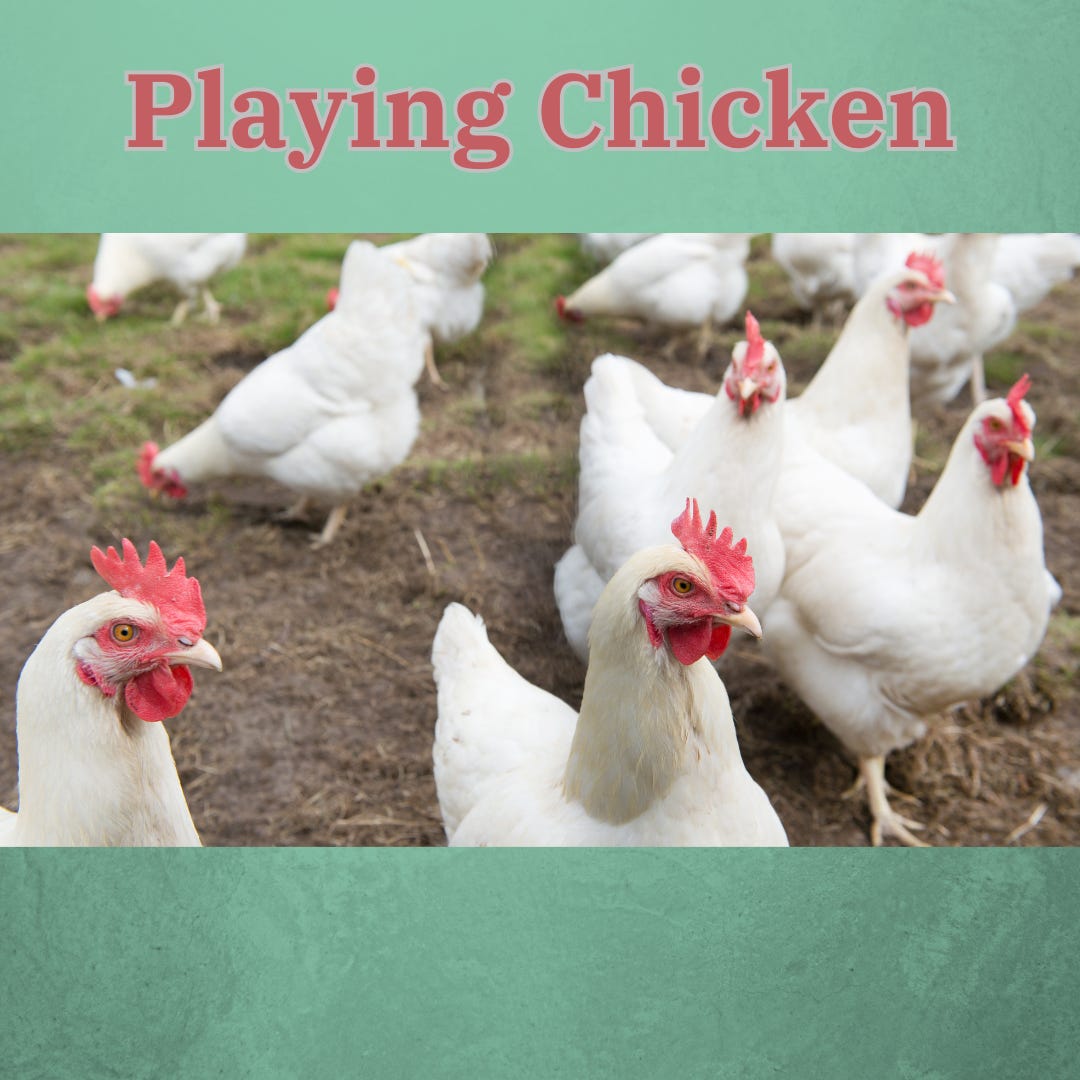Imagine Cecile Steele’s surprise when her chickens came home to roost just over 100 years ago. She had ordered 50 birds, but a flock of 500 arrived. Nonetheless, Steele, who lived in Ocean View, accepted the order.
Although in 1923 chickens were mostly kept for their eggs, Steele sold 387 of her grown birds for meat (mostly to hotels and restaurants and reportedly at 63 cents per pound, the equivalent of about $5 per pound today). She quickly realized chicken goods provide a lucrative nest egg for her and her husband, David W. Steele (later a state senator). The next year, she ordered 1,000 chicks; two years later, it was 10,000. Delaware’s chicken industry had been hatched. The Steeles’ original chicken shed, measuring 16-by-16 feet, can be found at the Delaware Agricultural Museum in Dover.
Others saw how profitable the business could be and by 1936, the state accounted for two-thirds of all the broiler chickens raised in America. (Broiler chickens are defined as chickens raised for meat rather than eggs.)
Poultry, centered in the southern part of the state, has remained a major ingredient in Delaware’s economy ever since.
John G. Townsend, Jr., who served in the state House of Representatives, the US Senate, and as governor, opened his first hatchery in Millsboro in 1938. By adding a feed mill and processing plant, it was the first broiler company to be fully integrated. Expanding its operations to North Carolina and Arkansas, Townsends became the ninth largest poultry breeder in the US. Most of its assets were sold to Mountaire Farms, one of the nation’s top poultry companies, in 2000. Townsends officially went out of business in 2011.
With approximately 200 million broiler chickens raised each year — 200 times the human population of the state — chicken is Delaware’s largest agricultural product. The USDA ranks Sussex County as the number one chicken producing county in the United States.
It is an almost $2 billion industry that provides many jobs in the state, from raising chickens to providing chicken feed to processing chickens as well as jobs in ancillary businesses.
Chickens even have their own fair with the Delmarva Chicken Festival having made its debut in 1949. Held in Salisbury, Md., the event featured parades, chicken cooking contests and fried chicken prepared in the “world’s largest frying pan” (10 feet across, 18 feet long, including the handle, and able to hold 160 gallons of oil and 200 chickens).
The festival went on hiatus in 2015 but it and — the supersized frying pan, which had been kept in the Delaware Historical Society (
https://dehistory.org
) in Wilmington — returned this past October and included live music, kids’ activities, dozens of vendors, and eating and chicken contests.
As for Delaware’s Blue Hen nickname? That probably dates to the Revolutionary War and has nothing to do with the state’s chicken farms. The soldiers in Captain Jonathan Caldwell’s Sussex Regiment would hold cock fights (now illegal throughout the United States), sometimes bringing their own blue chickens with them. The bird was known for its fighting ability and became their regiment mascot. Because of their bravery, the soldiers became known as the “Fighting Blue Hens.” Although not an officially recognized breed, the Blue Hen became the state’s official bird in 1939.


